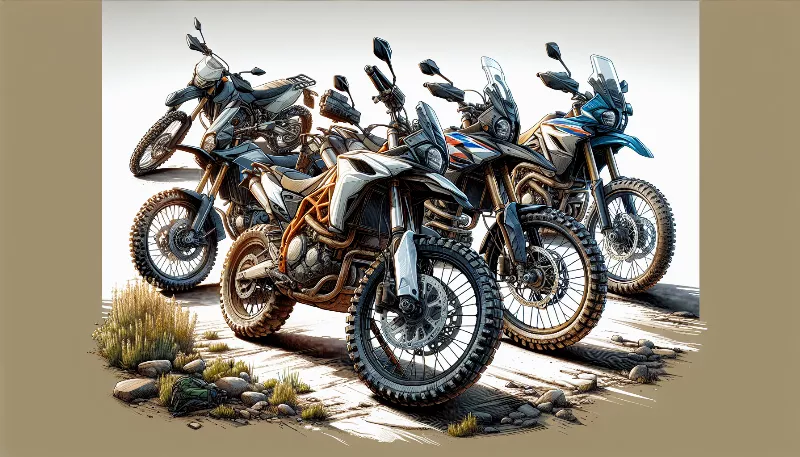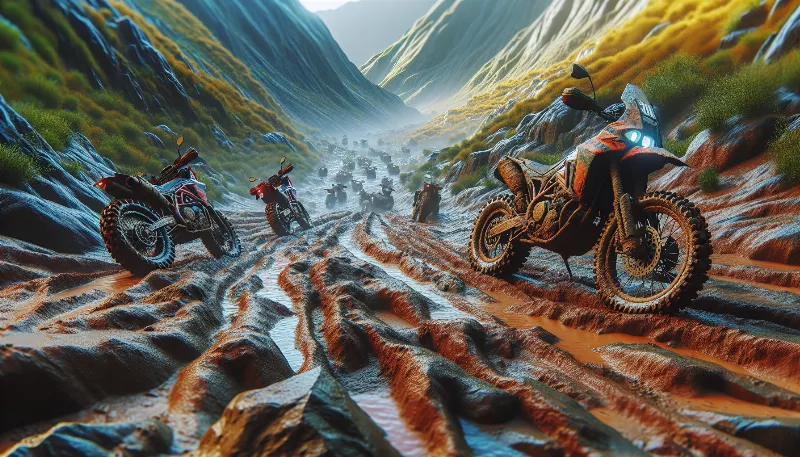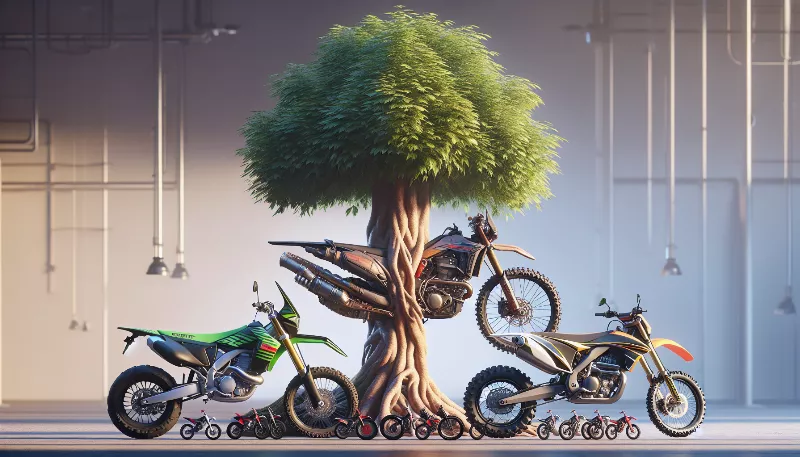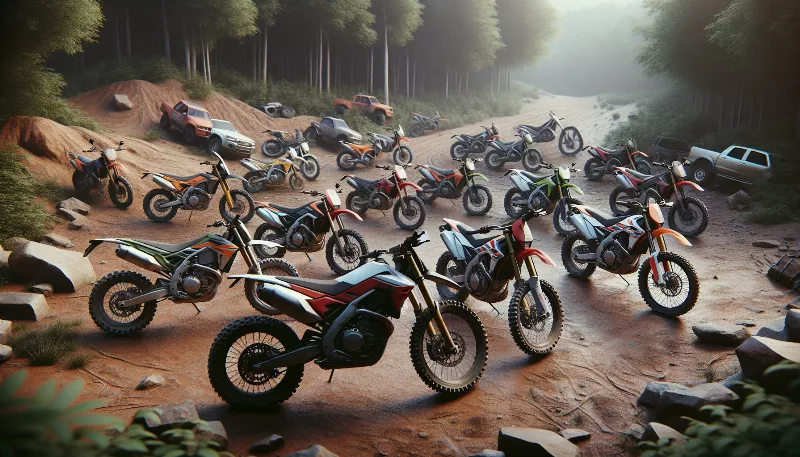How does suspension design affect a trail motorcycle's off-road performance?
Explore the pivotal role of suspension design in trail motorcycles and how it elevates off-road agility, comfort, and control. Master the terrain!
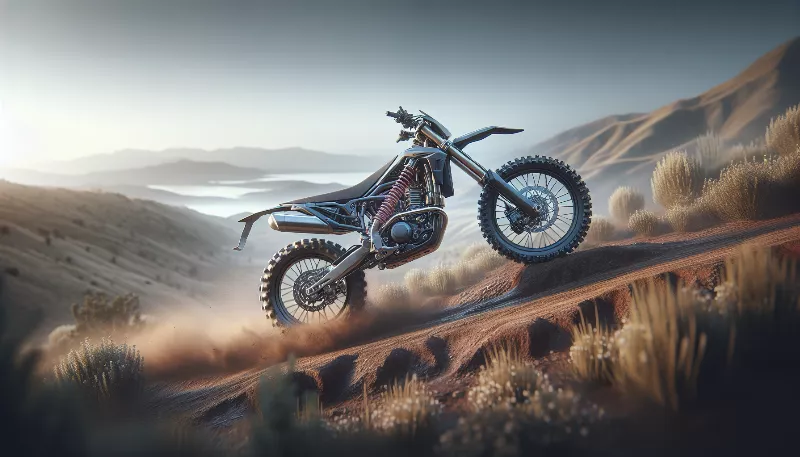
Unleashing the Power of Suspension: The Heartbeat of Trail Motorcycles
When it comes to conquering the rugged terrains and embracing the wild outdoors, trail motorcycles are the undisputed champions. But what is it that makes these two-wheeled beasts so adept at handling the unpredictable off-road paths? The answer lies in their ingenious suspension design. Let's dive into the world of suspension systems and discover how they become the linchpin in a trail motorcycle's off-road performance.
The Role of Suspension in Trail Motorcycles
Suspension systems in trail motorcycles are not just about comfort; they are about control, stability, and the ability to absorb the shocks and bumps that come with off-road riding. A well-designed suspension setup ensures that the wheels stay in contact with the ground as much as possible, providing the rider with consistent traction and handling. It's the difference between skidding out on a loose gravel turn or powering through with confidence.
Adapting to the Terrain: Suspension Travel and Tuning
One of the key aspects of suspension design is the amount of travel it offers. Suspension travel is the distance the wheel can move up and down, and in the context of trail bikes, more travel generally means better absorption of obstacles. However, it's not just about having the most travel; it's about having finely tuned suspension that can adapt to both small vibrations and large impacts. This is where the magic of damping comes in, allowing riders to adjust their suspension to the perfect level of firmness or softness for the terrain ahead.
Spring into Action: Choosing the Right Springs
The springs in a motorcycle's suspension are crucial for determining how it will react to different loads and impacts. Stiffer springs may be beneficial for heavier riders or when carrying additional gear, while softer springs might suit lighter riders or those looking for a more forgiving ride. The type of spring – whether it's coil or air – also plays a significant role in the overall performance and weight of the motorcycle.
Linkage Systems: The Unsung Heroes
Many trail motorcycles feature linkage systems that connect the swingarm to the shock absorber. These systems can greatly influence the bike's handling characteristics by altering the leverage ratios throughout the suspension's travel. A well-designed linkage can improve the bike's responsiveness and make it easier to handle in technical sections, truly showcasing the intricate dance between machine and terrain.
Keeping It Grounded: Tire and Suspension Synergy
It's not just the suspension alone that determines a trail bike's off-road prowess; it's also how well the suspension works in harmony with the tires. The right combination of tire pressure and suspension settings can lead to a synergistic effect, maximizing grip and minimizing fatigue. This synergy allows riders to push their limits and explore new trails with unparalleled zeal.
Conclusion: The Symphony of Suspension
In conclusion, the design of a trail motorcycle's suspension is a symphony of components working in unison to deliver the ultimate off-road experience. From the amount of travel to the type of springs, from the damping adjustments to the linkage systems, every detail matters. It's this meticulous attention to suspension design that empowers riders to tackle the toughest terrains with gusto and emerge victorious. So next time you hit the trails, remember that it's your bike's suspension that's the silent hero, carving each turn and smoothing out each bump, fueling your off-road adventures.

